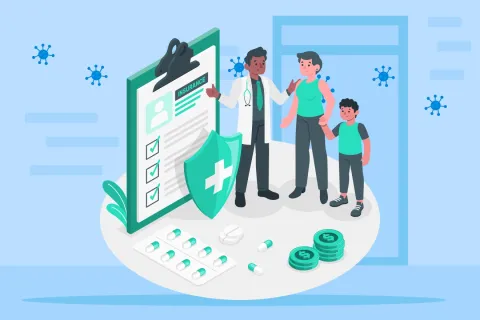
According to the World Health Organization (WHO), only 27% of lower-middle-income and low-income economies have national pharmacovigilance systems registered with the WHO program, compared with 96% of the high-income countries in the Organisation for Economic Co-operation and Development. ADRs are estimated to cause 2.6 million deaths each year worldwide, with a disproportionate number of these deaths occurring in developing countries.
While the importance of pharmacovigilance is universally acknowledged, developing countries face unique drivers and barriers in this critical area of healthcare. This blog aims to explore the complexities surrounding pharmacovigilance in developing nations, shedding light on the factors that propel its progress and the hurdles that impede its path.
Drivers of Pharmacovigilance in Developing Countries
- Global Health Initiatives: Collaborative efforts by international organizations and governments emphasize the significance of pharmacovigilance in improving public health outcomes. Initiatives like the WHO Global Individual Case Safety Reports (ICSRs) project provide essential training and resources to developing countries, encouraging them to participate in pharmacovigilance activities actively.
- Advancements in Technology: The digital revolution has not bypassed pharmacovigilance. Developing countries are leveraging technologies like mobile applications and online reporting systems to streamline the collection and analysis of adverse event data. These tools enhance the efficiency of pharmacovigilance practices, making them more accessible and responsive.
- Increasing Awareness: Public awareness campaigns and healthcare professional training programs are raising awareness about reporting adverse drug reactions. Informed patients and vigilant healthcare providers are essential to a robust pharmacovigilance system.
- Regulatory Reforms: Many developing countries are recognizing the need for robust regulatory frameworks to monitor the safety of pharmaceutical products. Strengthening regulations and enforcing compliance standards ensure that pharmacovigilance becomes an integral part of the healthcare system.
Barriers to Pharmacovigilance in Developing Countries
- Limited Resources: Scarce financial and human resources pose a significant challenge. Developing countries often struggle to allocate sufficient funding and trained personnel to pharmacovigilance activities, hindering their ability to establish comprehensive monitoring systems.
- Infrastructure Challenges: Inadequate healthcare infrastructure, especially in rural areas, obstructs the seamless flow of information. Collecting and disseminating pharmacovigilance data becomes a daunting task without a reliable infrastructure.
- Lack of Expertise: A shortage of pharmacovigilance experts and professionals impedes the establishment of efficient reporting and analysis mechanisms. Training programs and capacity-building initiatives are essential to bridge this expertise gap.
- Data Quality and Reporting Culture: Developing countries face issues related to the quality of pharmacovigilance data. Inaccurate or incomplete reporting, coupled with a lack of reporting culture, affects the reliability of the collected data, making it challenging to derive meaningful insights.
The Way Forward
Despite the challenges, several things can be done to improve pharmacovigilance in developing countries. These include:
- Strengthening regulatory frameworks: Governments need to develop and enforce strong regulatory frameworks for pharmacovigilance. This includes having clear requirements for the reporting of ADRs and the conduct of pharmacovigilance studies.
- Investing in resources: Governments and international organizations need to invest in resources to support pharmacovigilance in developing countries. This includes funding for training programs, infrastructure, and data management systems.
- Raising awareness and education: There is a need to raise awareness and education about pharmacovigilance among healthcare professionals and the public in developing countries. This can be done through training programs, public information campaigns, social media platforms, and the development of educational materials.
- Promoting collaboration: Collaboration between governments, international organizations, the pharmaceutical industry, and academia is essential for improving pharmacovigilance in developing countries.
The ongoing global efforts, especially in developing regions, demonstrate an encouraging trajectory in healthcare. This journey signifies resilience, innovation, and collaboration. Embracing the expertise and technological advancements offered by organizations like Freyr is not merely an option; it's an imperative. Our capabilities empower nations, ensuring pharmacovigilance systems are agile, efficient, and capable of safeguarding public health effectively. Together, these endeavors steer healthcare toward a future where medication safety is paramount, reflecting a collective commitment to a healthier world.









